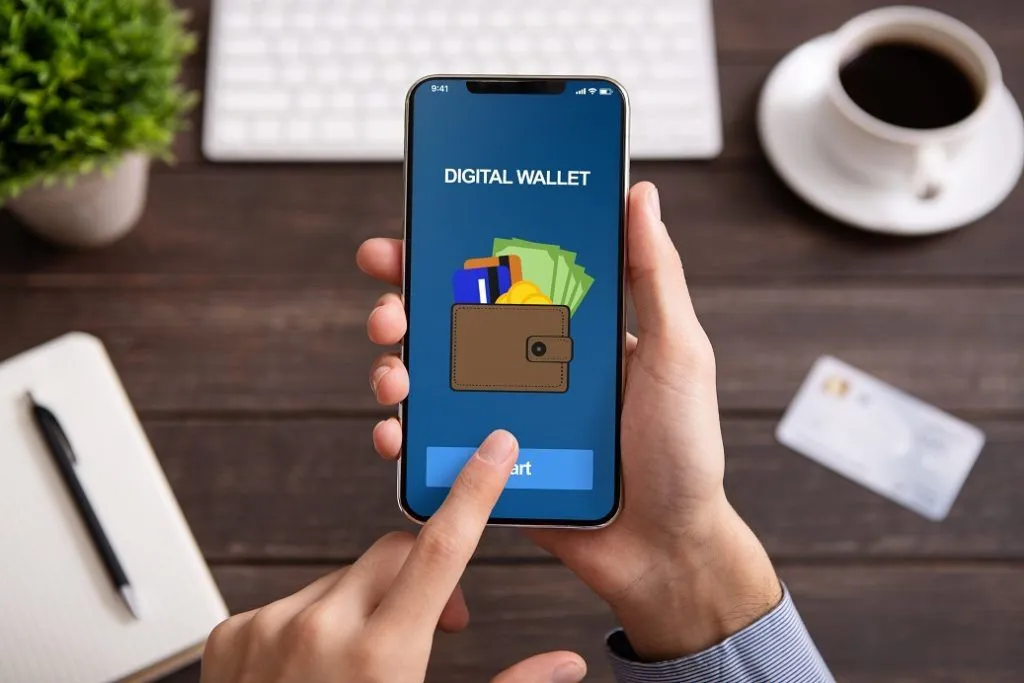Digital wallets have revolutionized the way we manage and spend money. Platforms like PayPal, Venmo, Apple Pay, and Google Wallet offer convenience and speed, making transactions easier than ever. However, as the popularity of digital wallets grows, so does the risk of scams targeting unsuspecting users. This article explores the most common digital wallet scams and offers actionable measures to help you stay protected.
Common Types of Digital Wallet Scams
1. Phishing Scams
Scammers send emails, texts, or social media messages that appear to be from your digital wallet provider. These messages often include a sense of urgency, asking you to verify your account or update your details by clicking a malicious link.
2. Fake Payment Notifications
Fraudsters send fake payment confirmations, tricking you into believing you have received funds. This scam is often used in online marketplace transactions, where the scammer asks for a refund of the “overpaid” amount.
3. Account Takeovers
Hackers use stolen login credentials to access your digital wallet, draining funds or making unauthorized purchases.
4. QR Code Scams
Scammers create fraudulent QR codes that, when scanned, redirect you to fake payment pages or automatically initiate unauthorized transactions.
5. Fake Apps
Fraudsters develop counterfeit digital wallet apps that look legitimate. These apps steal your personal and financial information once installed.
6. Social Engineering Scams
Scammers pose as customer support representatives, asking for sensitive information like account credentials or PINs under the guise of helping you resolve an issue.
7. SIM Swapping
Hackers convince your mobile service provider to transfer your phone number to their SIM card, gaining access to your digital wallet and other accounts linked to your number.
How to Avoid Digital Wallet Scams
1. Enable Two-Factor Authentication (2FA)
Activate 2FA on your digital wallet account to add an extra layer of security. Even if a scammer gets hold of your password, they won’t be able to access your account without the second authentication factor.
2. Verify Sources
Avoid clicking on links or downloading attachments from unknown sources. Always verify the sender’s identity before taking any action.
3. Use Trusted Apps
Download digital wallet apps only from official app stores like Google Play or the Apple App Store. Check user reviews and developer details to ensure authenticity.
4. Monitor Account Activity
Regularly review your transaction history and account activity for any unauthorized transactions. Report suspicious activity to your wallet provider immediately.
5. Avoid Public Wi-Fi for Transactions
Public Wi-Fi networks can be insecure, making it easier for hackers to intercept your data. Use a secure network or a Virtual Private Network (VPN) when accessing your digital wallet.
6. Be Cautious with QR Codes
Only scan QR codes from trusted sources. Verify that the destination URL matches the intended recipient’s details before proceeding.
7. Secure Your Mobile Device
Set up a strong password, biometric authentication, or PIN for your smartphone. Avoid sharing these details with anyone.
8. Educate Yourself
Stay informed about the latest scams and tactics used by fraudsters. Awareness is one of the most effective tools against digital wallet scams.
9. Contact Your Provider Directly
If you receive suspicious communications claiming to be from your digital wallet provider, contact them directly through official channels to verify the claim.
10. Report Lost or Stolen Devices Immediately
If your device is lost or stolen, inform your wallet provider to deactivate access. This step prevents unauthorized transactions.
What to Do If You’ve Been Scammed
- Notify Your Digital Wallet Provider Report the scam to your wallet provider immediately. They may be able to reverse unauthorized transactions or block further access.
- Change Your Credentials Update your account password and security settings to prevent further unauthorized access.
- File a Police Report If significant funds were lost, file a police report. This documentation may also assist in recovering your money.
- Monitor Your Credit and Bank Accounts Keep an eye on your financial accounts for any unusual activity. Consider setting up alerts for transactions.
- Warn Others Share your experience to help others avoid falling victim to similar scams.
Conclusion
Digital wallet scams can happen to anyone, but with vigilance and the right precautions, you can significantly reduce your risk. Always prioritize security by enabling protective measures, staying informed, and being cautious with your digital wallet usage. By adopting these practices, you can enjoy the convenience of digital wallets without falling prey to scammers.














